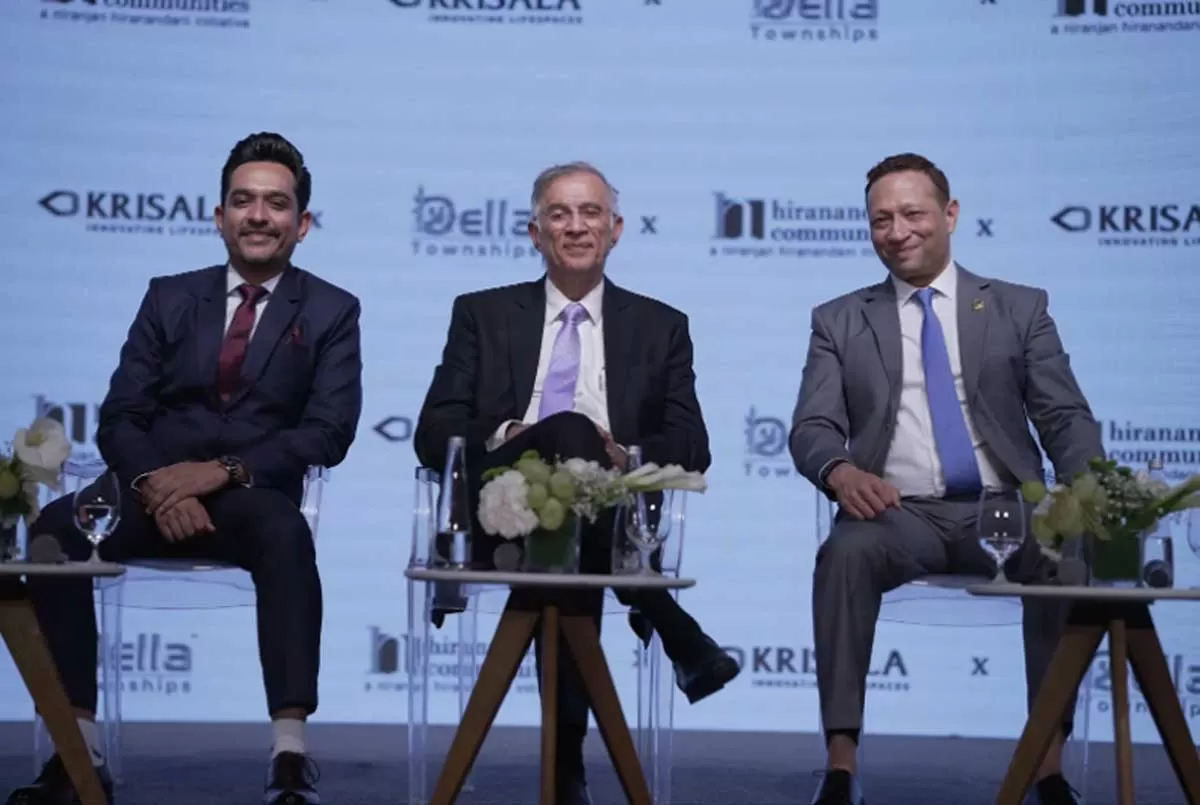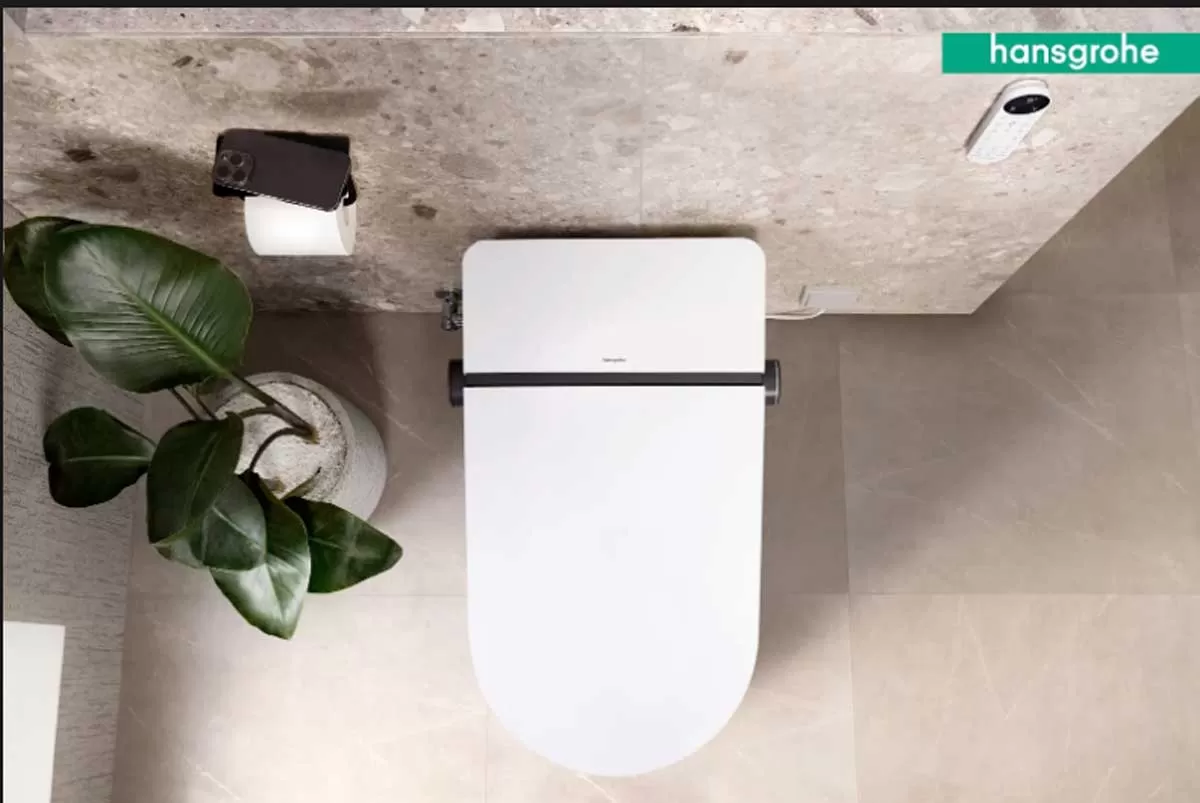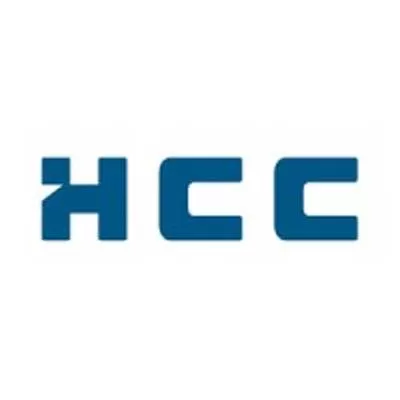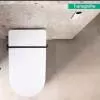Roof making is evolving into an art that requires as much planning and strategising as the rest of the building´s structure. Apart from the functional aspect of a roof, it also has an aesthetic role to play in any structure.
Today, the construction industry is passing through a challenging phase, with the infrastructure and industrial segments to be demand drivers for the roofing industry in the year ahead. According to current trends, a 10-15 per cent growth in the industry seems reasonable, confirms an industry expert. Moreover, being exposed to natural elements also makes roofs experimental grounds for green practises.
Trends in roofing systems
Roofing systems in India have undergone drastic changes in the recent past and the reasons behind this phenomenon are varied. While the industry does not follow the West blindly when it comes to trends, domestic demand in itself has spurred the need for innovation and change. India has witnessed an infrastructure boom in the past decade with hi-tech spaces like airports, industrial parks, IT parks and metro rails growing in numbers. Specialised buildings have distinct needs for roofing and architects working in India have been able to acknowledge this demand with customised designs that integrate functional, aesthetic and sustainable aspects. This change is not limited to urban areas; with the increase in disposable incomes, Tier-II and Tier-III cities as well as rural pockets are joining the fray.
¨Traditionally dominated by galvanised steel sheets, India´s roofing industry is recently shifting its preferences and moving towards zinc-aluminium (Zn-Al) coated products because of their superior quality and aesthetic appeal,¨ says Riten Choudhury, Managing Director, Tata BlueScope Steel. ¨Over the years Tata BlueScope Steel has successfully catered to the changing needs of the construction industry in the SAARC region.¨
Ashok Kapoor, Director-Operations, Okamura Homes Pvt Ltd, says, ¨Roofs may be divided broadly into flat, pitched and shells and folded. Flat roofs have a slight slope (not more than 10°) to drain out rainwater. Such roofs are treated with waterproofing materials, like mixing chemicals in concrete and providing coba concrete. Pitched or sloping roofs are preferred in large-span structures like workshops, factory buildings and warehouses. In all these roofs, covering sheets like AC sheet, GI sheets and slate are supported on a suitable structure. A shell roof may be defined as a curved surface, the thickness of which is small compared to the other dimensions. In these roofs, a lot of load is transferred by membrane compression instead of bending as in the case of conventional slab and beam constructions.¨
According to Architect CN Raghavendran, ¨The current trend in roofing in large-span buildings and infrastructure is primarily to cater to the demands of structural strength, durability, water-tightness and aesthetic appeal combined with low maintenance and low corrosion. The structural capability of roofing materials in terms of the span-to-weight ratio is going up with the introduction of high-strength materials; special profiles and interlocking ways of laying the roofing element; formulation of laying elements at site to produce a single large-span sheet; and reducing the number of joints and overlaps - all these are new trends.¨
And Ashish Rakheja, Managing Director, Aeon Consultants, tells us, ¨Green buildings lay emphasis on energy conservation, making insulation an important aspect of roof design. Besides, disappearing green spaces have forced users to turn roofs into useable areas like gardens or install utilities like solar panels, fans and cooling towers. As a result, roofing options have also evolved to cater to these demands. Pre-engineered insulated roofs have made major inroads in the industry, starting from industrial buildings and warehouses and now facilitating fast-track execution of office and commercial buildings.¨
Material changes
When innovations are introduced in any aspect of infrastructure, it usually means re-imagining the use of materials. Roofing systems are no exception, as asbestos and steel are turning out to be preferred materials. Other important materials are tensile membrane, shingle and clay tiles.
¨The most common roofing methodology continues to be concrete in modern buildings,¨ says Rakheja. ¨Other commonly used alternates for roofing include metal (aluminium and steel), fabric-fibre cement, polycarbonate and thatch. Variants in technology could include insulated or un-insulated, motorised-fixed, skylights and in-situ or factory fabricated or pre-engineered.
The industry has multiple options for various applications and growing demand has ensured that most of them are now being manufactured locally.¨
¨Special coating for corrosion resistance and aesthetic appeal has increased the durability of roofing material,¨ adds Raghavendran. ¨The ability to withstand high wind and rain conditions including gusts through improved fastening methods with or without perforations has made these buildings more eligible for common use.¨
Elaborating on Tata BlueScope Steel´s product offering, Choudhury says, ¨The solutions we offer include premium metallic and colour-coated coils, advanced roofing and wall cladding, engineered steel buildings, and innovative, light-gauge steel buildings. We have offered concealed fixed roofing systems that provide aesthetic appeal and weather tightness for major infrastructure projects like airports and stadiums under our flagship LYSAGHT® brand. Our products have become a preferred choice for railways and metro projects in India; they are associated with most major stations in the eastern and southern part of the country and almost all major metro and monorail projects across the country.
Our building solutions division has also offered premium, globally renowned pre-engineered building solutions under the BUTLER® brand for industrial as well as infrastructure projects.¨
Innovations galore
With the introduction of concepts such as pre-engineered buildings and the need for sustainable design, roofing systems are witnessing a surge in green technology. Rainwater harvesting, storm water drainage, solar panels and sun roof technology are a few such innovations that have gained popularity in recent times. Innovations in roofing largely fall in the sustainability category.
¨One of the important elements in roofing systems today is its ability to reduce thermal heat gain,¨ explains Raghvendran. ¨Although roofs and side walls are insulated, the basic material itself has to have better thermal efficiency. Hence, advanced coating has been evolved owing to which the roof reflectivity has increased and is measured by the ´solar reflectivity index´ (SRI).
The higher the index, the more heat gets reflected and is better to reduce heat transmission. Also, recyclability and lifecycle costs of these roofing systems are very high.¨
Green technology in roofing has become important. Kapoor explains the reasons: ¨Studies have found that green roofs can be effectively used for energy savings, improving surrounding air quality, reducing carbon emissions and controlling storm water run-off.
The roof is responsible for about
15-20 per cent of a building´s load and green roofs significantly reduce roof surface temperature and heat flux rates.
A University of Michigan study compared the expected costs of conventional roofs with the cost of a 21,000 sq ft green roof. The green roof would cost $464,000 to install vs $335,000 for a conventional roof in 2006. However, over its lifetime, the green roof would save about $200,000. Nearly two-thirds of these savings would come from reduced energy needs for the building with the green roof.¨
Hi-tech products are definitely on the agenda for Tata Bluescope Steel, as Choudhury tells us, ¨We are working on preparing next-generation products with our advanced engineering capability, state-of-the-art manufacturing plants and strong R&D, to create a future that is comfortable for both people and the environment.¨ He affirms, ¨We have recently introduced COLORBOND® steel with THERMARTECH™ solar reflective technology. This technology helps lower the surface temperature by absorbing lesser heat from the sun ensuring cooler interiors all year round and reducing energy consumption by up to 15 per cent. Additionally, our paint system is lead-free, making our profiles suitable for rainwater harvesting.¨
Prospects and challenges
¨In the past five to 10 years, India has seen a burst of activity in infrastructure in airports, sports stadia, convention centres, exhibition halls, assembly halls and auditoriums,¨ says Raghavendran. ¨With the projected growth in the Indian economy and upgrade of existing cities and upcoming smart cities, these kinds of buildings will only increase. If one takes into account industrial buildings, too, the potential is enormous. There will be a huge shift towards thermally and structurally efficient, sustainable, lightweight roofing elements.¨
Despite the enormous scope, innovations in roofing systems come with their own set of challenges. Sustainable architecture and green solutions are cost-intensive and require huge budgets. They also require skilled labour for installation and maintenance. Further, the unorganised sector, which commands a lion´s share in the Indian infrastructure pie, continues to pose a threat to key players as it offers cheap materials.
Such challenges will have to be overcome if the true potential of the Indian roofing segment is to be realised.


















